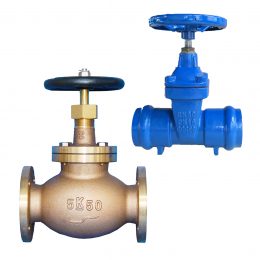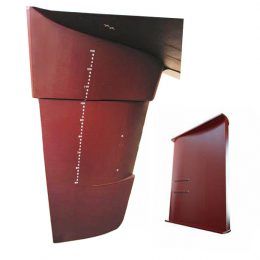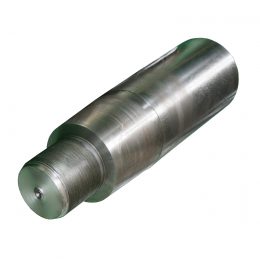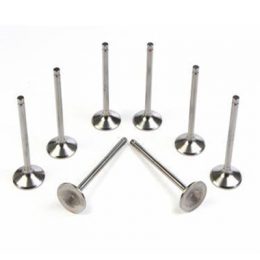Exploring Marine Diesel Engine Connecting Rods: Anatomy, Materials, Design and Maintenance
Exploring Marine Diesel Engine Connecting Rods
Marine diesel engines are the powerhouse of any ship, and connecting rods are one of the critical components of these engines. The connecting rod connects the piston to the crankshaft, transferring the power generated by the combustion process to the crankshaft. Understanding the anatomy of connecting rods, their materials, design, performance, and maintenance is essential to ensure the smooth operation of marine diesel engines.
Anatomy of a Connecting Rod
Connecting rods consist of two ends, small and big, and a center section known as the shank. The small end connects to the piston pin, and the big end connects to the crankshaft’s bearing. Connecting rods have an oil passage that lubricates the bearing surface and distributes oil to the piston pin. The shank’s design varies depending on the engine’s requirements, with some shanks being straight and others bent or split.
Materials Used in Connecting Rods
Connecting rods are made of different materials depending on the engine’s application, such as aluminum, steel, titanium, and even composites. Steel is the most commonly used material due to its strength, durability and ability to withstand high temperatures and pressures. Steel connecting rods can be forged, cast, or machined, and their design and weight can be customized to optimize engine performance.
Connecting Rod Design and Performance
Connecting rods play a crucial role in the overall performance of marine diesel engines. Their design and weight affect the engine’s balance, durability, and efficiency. Modern marine diesel engines use lightweight connecting rods with optimized designs that reduce stress and increase fatigue life. Connecting rod performance can be improved by using coatings, such as nitriding or shot peening, to enhance their strength and resistance to wear and corrosion.
Inspection and Maintenance of Connecting Rods
Connecting rods undergo a lot of stress and wear during engine operation, and it is essential to inspect them regularly to ensure their proper functioning. Routine inspections can identify issues such as cracks, bend, or excessive wear, which can lead to engine failure. Connecting rods should also be lubricated correctly and kept clean to prevent corrosion and wear.
Best Practices for Replacing Connecting Rods
Replacing connecting rods is a complex process that requires expertise and precision. The process involves removing the engine block, disassembling the engine, and replacing the connecting rods. It is essential to use high-quality replacement parts that meet OEM specifications and ensure proper torque and clearance during reassembly. It is also crucial to follow the engine manufacturer’s recommended procedures and specifications to ensure the engine’s proper functioning.
Exploring Marine Diesel Engine Connecting Rods===
In conclusion, connecting rods are an essential component of marine diesel engines and play a vital role in their performance and durability. Understanding the anatomy, materials, design, and maintenance of connecting rods is crucial to ensure the smooth operation of marine diesel engines. Regular inspections and proper maintenance practices can prevent engine failure caused by connecting rod issues, and replacing connecting rods should be done with precision and care to ensure the engine’s proper functioning.



